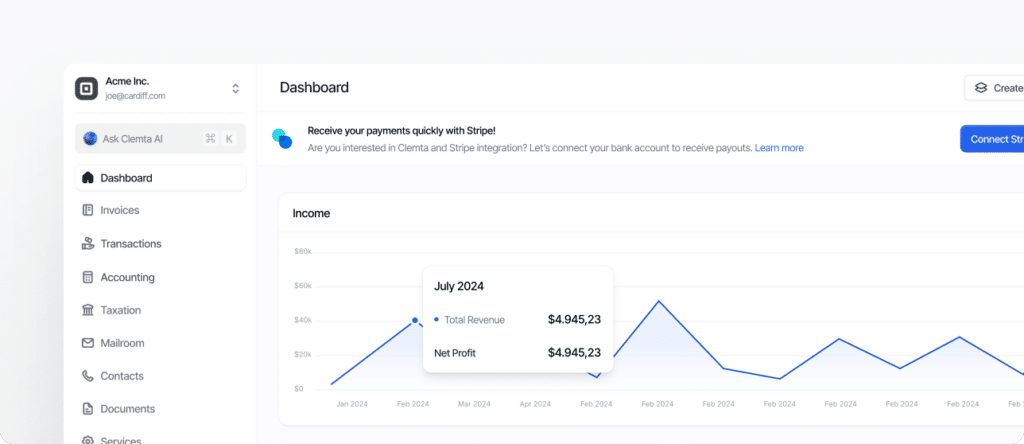A tax structure (also called flow-through taxation) where business income “passes through” to the owners’ personal tax returns, avoiding corporate-level income tax and the double taxation faced by C corporations.
What is Pass-Through Taxation?
Pass-through taxation (or flow-through taxation) is a system in which a business itself does not pay federal income tax. Instead, the profits (or losses) are allocated to the owners, who report them on their personal tax returns and pay tax at their individual income tax rates. This structure is used by sole proprietorships, partnerships, most Limited Liability Companies (LLCs), and S corporations.
When a pass-through business earns profits, it does not directly send payment to the Internal Revenue Service (IRS) on behalf of the entity. Instead, the business calculates its net income (gross income minus deductible expenses (including those relevant under Section 199A for the Qualified Business Income deduction)). Each owner then includes their share of this net income on their personal tax return. In a sole proprietorship, tax is calculated on the owner’s total net income. In a partnership or S corporation, tax is based on each owner’s percentage share of the net profit, as detailed in a partnership agreement or shareholder allocation.
This is different from double taxation, which applies to C corporations, where profits are taxed first at the corporate level and again when distributed as dividends to shareholders. In a pass-through entity, income is taxed only once, at the owner level, though owners may still be responsible for self-employment tax unless they elect a different tax treatment.
Pass-through taxation is often favored by small businesses and startups for its simplicity and tax efficiency. However, owners must remember that they are taxed on all allocated profits for the year (regardless of whether the money is actually withdrawn from the business).

